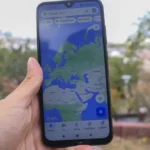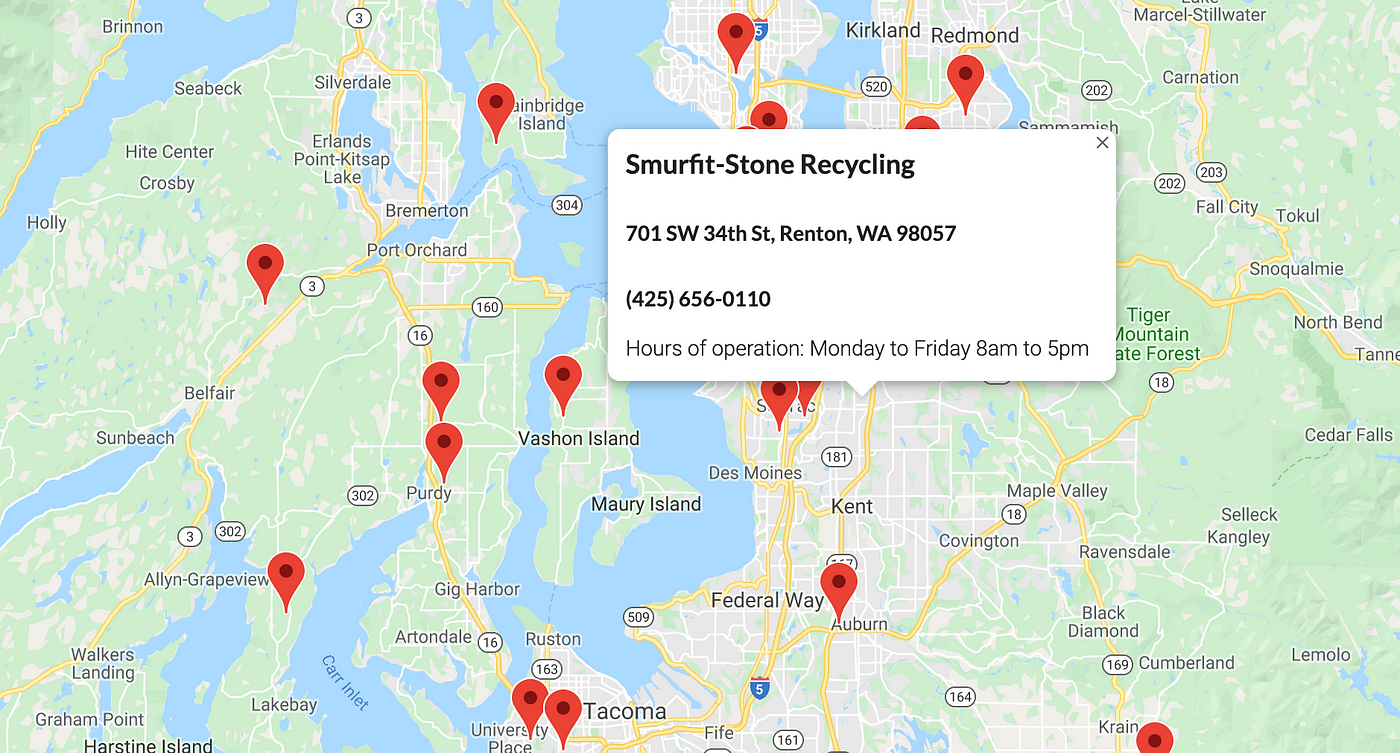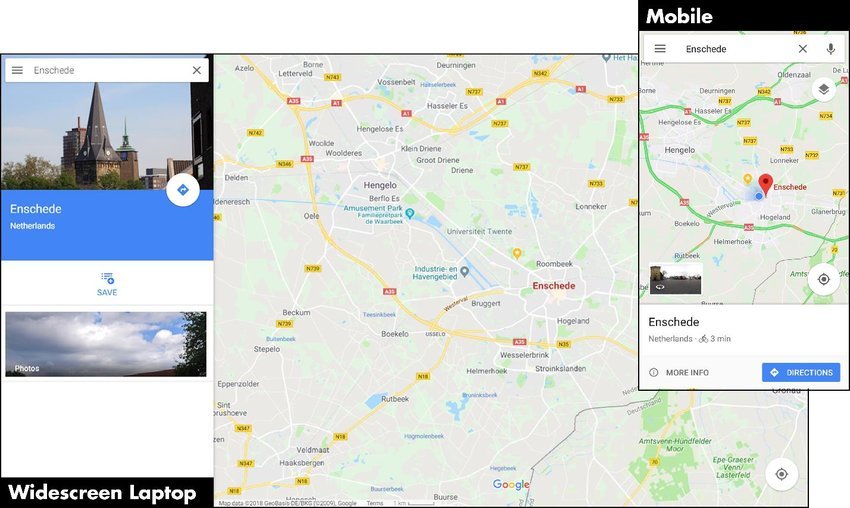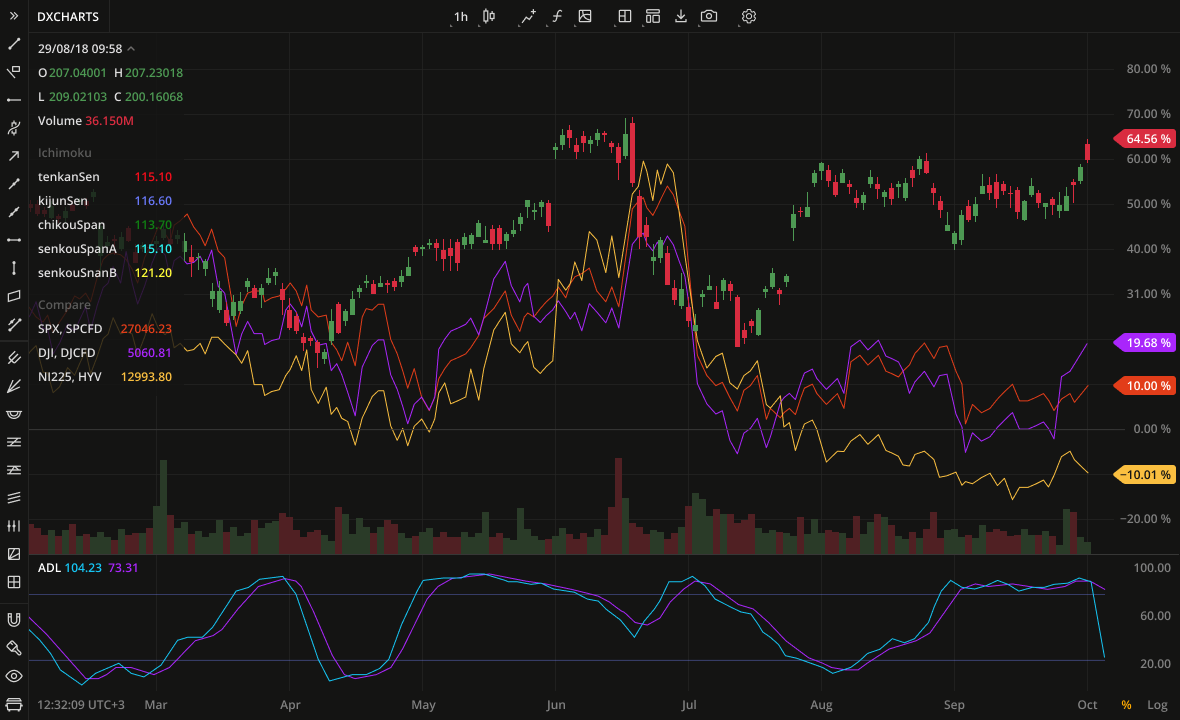
Handling API Errors in Google Maps
When integrating Google Maps API into your applications, handling errors effectively is crucial to providing a smooth user experience and maintaining application reliability. Here’s a comprehensive guide on how to handle API errors when using Google Maps JavaScript API. 1. Understanding Common API Errors Google Maps API may return various errors, each indicating different issues….















